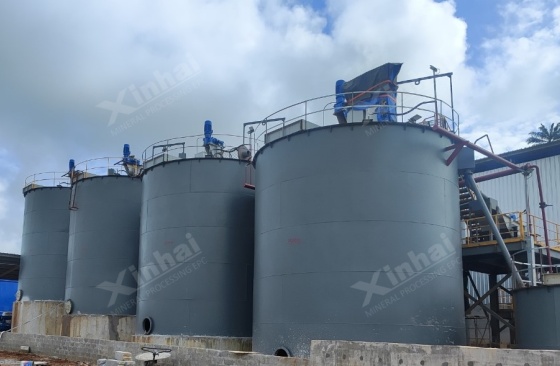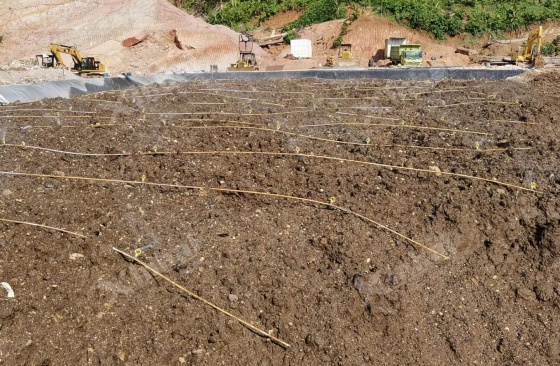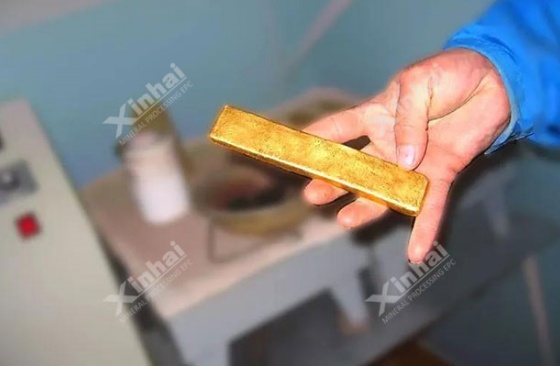If you want to know more information (such as product/process price, etc.), please contact us 24-hour telephone
Cyanide leaching has pretty much ruled the roost in gold mining for decades. Pretty much every major operation on the planet picked it because it’s dirt-cheap and pulls gold out of just about any kind of ore you throw at it.
But these days, everybody’s getting a lot more nervous about the environmental fallout, governments keep tightening the screws with new rules, and the ore itself is getting nastier and harder to work with. So the industry is scrambling to find something better.
That’s exactly why we’re looking at here—a straight-up comparison between old-school cyanide leaching and four serious contenders: thiosulfate leaching, chlorination, roasting followed by leaching, and the BIOX® process. We’ll see which ones actually hold up when you want decent recovery without wrecking the planet or your bottom line.
Cyanidation is basically how most mines get the gold out: you soak the crushed ore in a weak cyanide solution, bubble some air or pure oxygen through it, and the gold dissolves as a cyanide complex. After that, you grab the gold back either by letting it stick to activated carbon, dumping in zinc dust to precipitate it, or running the solution through special resin beads.

The whole carbon-in-pulp or carbon-in-leach trick (people just call them CIP and CIL) is pretty straightforward. You toss activated carbon right into the cyanide slurry while the gold is still dissolving (or right after). The carbon soaks up pretty much all the dissolved gold like a sponge. Later on, you strip the gold off that carbon in a separate step and send the carbon back to do it again. Simple, works a treat, and that’s why almost every big gold plant runs it this way.
The process mainly includes leaching raw material preparation, agitation leaching and countercurrent carbon adsorption, gold-loaded carbon desorption, electrowinning, smelting ingot, carbon regeneration and other operations.
Advantages of cyanide leaching include mature technology, extensive operational knowledge, and high gold recovery rates. The cyanidation method is one of the main methods of gold ore beneficiation, widely applied in both agitation (CIP/CIL) and percolation (heap/pool) formats.
Because of the disadvantages of sodium cyanide and the current environmental protection requirements, including toxicity to humans and ecosystems, high reagent consumption in certain ores such as carbonaceous or preg-robbing types, and increasing regulatory scrutiny.

Thiosulfate leaching gets the gold to dissolve by using ammonium thiosulfate or the sodium version in a gently alkaline mix. No cyanide needed at all – it just forms a rock-solid gold-thiosulfate complex and off you go.
The big selling point is that the stuff is way less poisonous than cyanide, and it actually works on tricky ores where cyanide just shrugs its shoulders – think carbonaceous stuff or ores loaded with copper. Thiourea leaching can pull gold (and silver too) out of stubborn minerals that laugh at regular cyanidation.
That said, thiosulfate is a bit of a diva. The chemistry gets complicated fast, so keeping everything under control can drive operators up the wall. It guzzles reagent like crazy, and getting the gold back out of solution is a pain because it hardly sticks to activated carbon or resins. Bottom line: it shines brightest on ores that are totally refractory to cyanidation but don’t have a ton of sulfide minerals messing things up.
Chlorination basically hits the ore with chlorine gas or hypochlorite in an acidic (or sometimes neutral) bath, and the gold jumps into solution as nice soluble gold chloride complexes.
What’s cool about it is the speed – things happen fast – and it couldn’t care less about copper, lead, or arsenic hanging around; it grabs the gold and pretty much ignores the junk that drives cyanide nuts. Perfect for those messy, high-copper feeds that make regular cyanidation throw a fit.
The catch? The whole setup is brutal on gear. Everything turns into a rust bucket in no time, so you’re stuck buying fancy titanium kit or rubber-lined tanks that cost an arm and a leg. Plus, messing with chlorine gas or buckets of hypochlorite is properly sketchy – one leak and you’ve got a bad day. That’s why you hardly see it on giant plants anymore; it’s mostly small outfits or when you’ve got super-rich concentrates that justify the hassle.

Roasting involves heating refractory sulfide or arsenic-bearing ores in an oxidizing atmosphere to break down the matrix and liberate encapsulated gold particles.
For flotation concentrates containing high arsenic and sulfur we can put the flotation gold concentrate in the process of oxidative roasting first to remove arsenic and sulfur, followed by acid washing and then cyanidation.
This approach is highly effective for sulfide-locked gold ores, significantly improving subsequent leaching rates. However, the process incurs high capital and operational costs due to fuel requirements and gas treatment systems for SO₂ and As₂O₃ emissions. It becomes economically viable when treating high-grade refractory ores with sufficient scale to justify the investment.
The BIOX® process throws a bunch of harmless bacteria at the ore and lets them munch away on the sulfide minerals – stuff like pyrite and arsenopyrite that normally lock the gold up tight. Once the little critters have done their thing, the mineral lattice basically falls apart and the gold is free for normal leaching downstream.
These days BIOX® is pretty much battle-tested on full-scale plants, and it’s a whole lot kinder to the air than firing up a roaster and belching out SO₂. The basic idea is dead simple: bugs eat sulfides, turn them into harmless sulfate, job done.

Way greener than roasting, cracks open even the nastiest refractory ores, and there are plenty of big mines running it without drama.
The bugs take their sweet time – you’re looking at 4–6 days in the tanks, not hours. You’ve got to babysit pH, temperature, and feed them the right nutrients or they sulk and stop working. Oh, and at the end of the day you still have to hit the ore with cyanidation to actually pull the gold out. So it’s not a total cyanide-killer, just a really good pre-treatment.
When comparing cyanide leaching with these alternatives:
| Comparison Dimension | Cyanide Leaching | Thiosulfate Leaching | BIOX® Bio-oxidation | Roasting / Chlorination |
|---|---|---|---|---|
| Recovery Efficiency | Unmatched for oxide ores and most free-milling ores | Well-suited for carbonaceous ores | Better suited for refractory sulfide ores | Better suited for refractory sulfide ores |
| Environmental & Safety Impact | Significant environmental and safety concerns | Inherently safer | Inherently safer | Significant environmental and safety concerns (especially chlorination) |
| Reagent/Operating Cost | Cost-effective for simple ores; can become expensive for complex ores | - | - | - |
| Technical Maturity | Highly mature and widely proven | Technology is still evolving | Well-established and proven at scale | Roasting is mature; Chlorination is less mature/evolving |
| Ore Suitability | Fits a broad range of ore types | Particularly suitable for carbonaceous ores | Targets refractory sulfide ores | Targets refractory sulfide ores |
In addition, for some gold-bearing ores with complex ore properties, we can use the methods of roasting raw ore + all-slime cyanidation or bacterial leaching + all-slime cyanidation.
It’s important to recognize that alternatives often serve as complementary methods rather than complete replacements for cyanide.
Mining projects should base their selection of leaching technology on a comprehensive assessment of ore characteristics, environmental regulations, capital availability, reagent access, and operational expertise.
There are no two identical mines in the world. Every mine should choose the development plan and equipment that suits it best!
Hybrid flowsheets are increasingly practical—for instance, combining gravity separation with thiosulfate or roasting plus cyanidation—to maximize recovery while minimizing cost and environmental risks.

While cyanide leaching remains dominant in gold processing due to its maturity and efficiency, alternative technologies such as thiosulfate leaching, chlorination, roasting combined with leaching, and BIOX® are becoming more relevant for specific ore types and project needs.
Future trend: more environmentally friendly and ore-adaptive processes.
To support this transition toward greener solutions, Xinhai Mining has successfully developed an environmentally friendly gold ore dressing reagent to replace sodium cyanide for gold cyanidation. The method of application is the same as that of sodium cyanide, but it has many benefits, including higher recovery speed, higher leaching rate and lower cost.
Moreover, Xinhai offers comprehensive EPC+M+O services—covering Engineering design, Procurement of equipment and materials, Construction management, as well as Operation services—ensuring optimal results tailored to each unique project need. Xinhai starts from the fields of E, P, C, M, and O with open-minded innovative thinking, and provides one-stop, customized overall mine services for each mine.